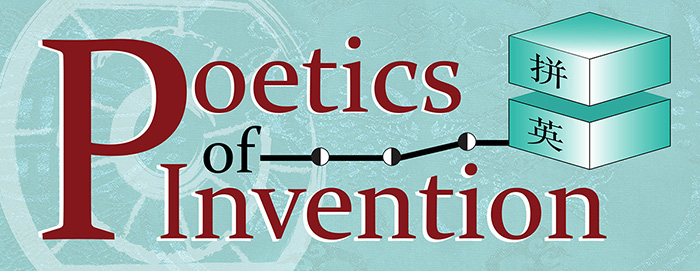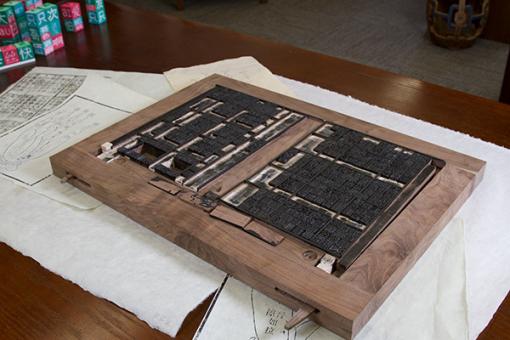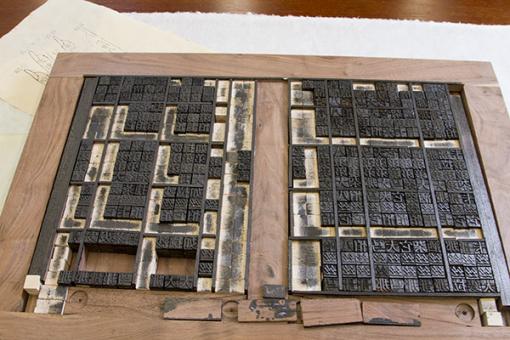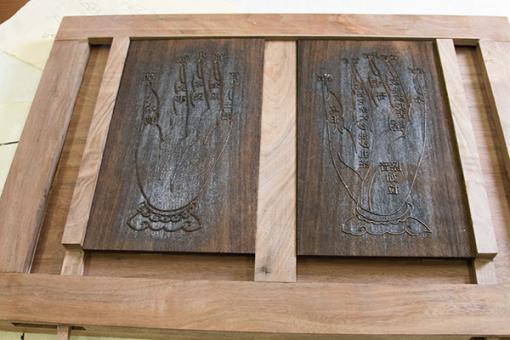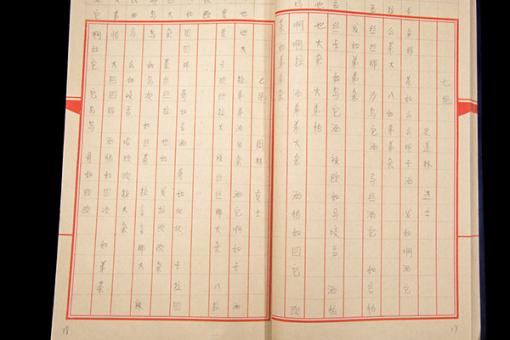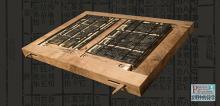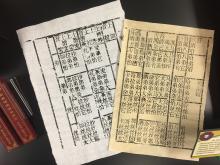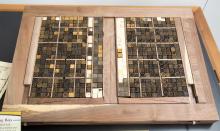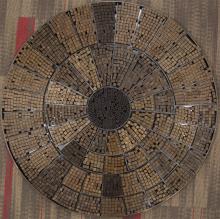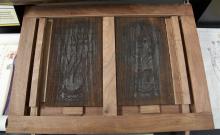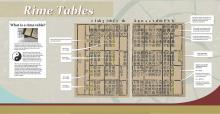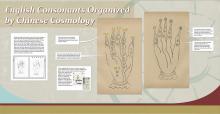(Poetry) Invention in the Past: The Song Dynasty English Rime Tables
How the invention of the rime table in Song Dynasty China helped to bridge the gap between two modern languages.
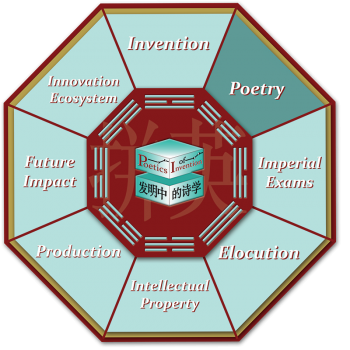
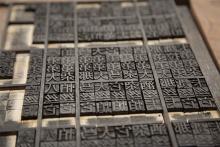
What if English had been learned in China 1,000 years ago? What would it have looked and sounded like? How would it have been used? If English had to conform to all of the rules and regulations that transformed the Chinese written language into a cultural system capable of bridging its many dialects and accents into a single phonological system what would be the outcome?
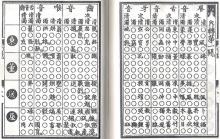
Chinese characters are not alphabetic as each character stands for a full syllable. How can one use characters to transcribe the sound of unknown words?
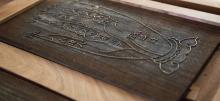
English and Chinese are so different from one another that recreating English following the phonological rules of the Song and Yuan Dynasties in China seems impossible.

Given the time and resources necessary to reproduce the complex rime tables by hand, how could those in the Song Dynasty reproduce them in large numbers while keeping costs down?
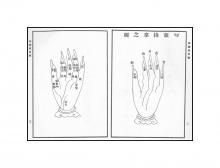
Images of hands such as these were used to relate categories within the Classical Chinese Imperial Knowledge System such as the yin and yang and Five Element theory.
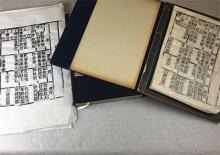
During the Song Dynasty, poets used rime tables to balance the sounds and rhythms of poetry. Not to be confused with a rhyme, rimes refer to the vowel sounds used in words but distinguish between tones and lengths of the sounds.
Features
The Song room features aspects of intellectual life during the Song Dynasty and how the theory of harmony influenced language.
Curator Dr. Jonathan Stalling's imaginative depiction of Pinying found in Song Dynasty style and aged artifact.
If learning English and translation had been undertaken by intellectuals during the Song Dynasty, and they utilized Pinying, they would have created tables such as these to aide others in language study.
Using traditional movable woodblock printing, scholars could have quickly and efficiently created English Rime Table books.
Pinying printing could have been easily and efficiently maintained with the traditional movable woodblock type tables like this one.
Images such as these hands help map language onto the pentatonic (5-tone) scale. Which each finger of the hand correlating with a bit of the language.
Often referred to as "the instrument of the sages" this quiet and subtle instrument is deeply connected to Chinese literati culture, poetry, and cosmology.
During the Song Dynasty, poets used rime tables to balance the sounds and rhythms of poetry. Not to be confused with a rhyme, rimes refer to the vowel sounds used in words but distinguish between tones and lengths of sounds.
Images of hands such as these were used to relate categories within the Classical Chinese Imperial Knowledge System such as the yin and yang and Five Element theory. The first text to use hands as a mnemonic device for learning phonetics was a sixth century Tang Dynasty Rime Table.

